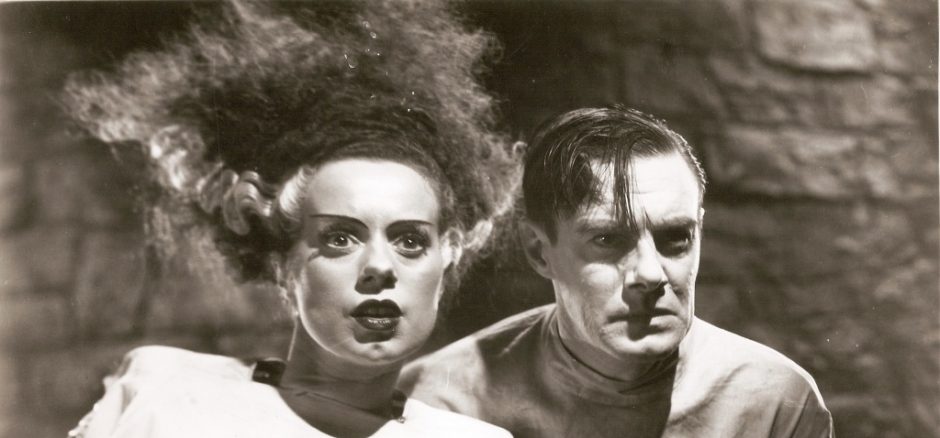
Anybody looking for a window into the utter chaos Afghanistan is facing as the US pulls out in the face of Taliban advances would do well to watch What We Left Unfinished, a documentary about the aborted film industry that briefly flourished during the chaotic years between 1978-1991. While the current regime is propped up by the US instead of the Soviets – and hopefully at least slightly less cynically colonial – the fragility and barely tamped down violence, and the hopes of the artistic community, remain strikingly similar.
Mariam Ghani, visual artist and daughter of the current President, here takes as her subject five unfinished films partially shot during the that interim period – post-monarchy and pre-Taliban. A period when communist regime succeeded communist regime and coup followed coup, with three successive leaders assassinated within the span of just a few years.
Ghani not only recovered footage from the films – thrillers and action pics depicting the rise of the new regime and battles against lawless elements (let us be clear, these were meant to be popular cinema) – but was able to interview many of the key figures involved, directors, actors and actresses, cinematographers, in order to assemble a snapshot of what was and what could have been.
Part of the fascination lies in the contrasts between the pictures painted by the filmmakers – the brutality of the communist takeover (one filmmaker talks of filming the table where former Pres. Daoud and his family were massacred and how that footage was confiscated later by the Soviets) versus the increased funding and quasi-freedom for filmmakers. Some evoke a type of Weimar Republic, with a flowering of cinema and funding, while others better remember the contemporaneous reign of terror, people being disappeared for criticizing the government and Soviet “advisors” with total editing discretion.
There can be no question that the films were funded for propagandistic purposes – the villains were drug traffickers, mujahedeen, and Pakistani spies, enemies of the regime. But yet, even as they dance around that, all the filmmakers have such affection for their work – even as they worked within the system they felt they were showing truth, as much as possible.

And the resources – Afghan Film studio briefly had incredible access to the military allowing for impressive special effects and explosions, the kind of military-friendly films you see in China now with movies like Operation: Red Sea or in the US with flicks like Top Gun. Of course, filming with soldiers sometimes became an actual battle, as real bullets were fired and actors were killed during filming. And as intelligence agents wrote scripts and coup leaders inserted themselves into the films.
Ghani has assembled these materials with a deft touch, almost Herzogian in her use of editing and music. The film is elegiac yet hopeful, much like the interviewees. At least, no matter what happens in the coming weeks, we’ll always have this document of a unique period.
What We Left Unfinished opens in US theaters and on demand on Friday, August 6, from Dekanalog.
